Chromotrope 2R CAS: 4197-07-3 | MF: C16H10N2Na2O8S2 | MW: 468.37, Buy now Histological Stains & Dyes for Histology, Cytology, Microbiology, Hematology & Biology Lab from TriStains. All Tristains products are exclusively distributed by Dawn Scientific Inc.
Chromotrope 2R is a red to brown colored crystalline powder with the chemical formula C16H10N2O8S2Na2. Chromotrope 2R, is An organic sodium salt that is the disodium salt of 4,5-dihydroxy-3-(phenyldiazenyl)naphthalene-2,7-disulfonic acid. It is soluble in water (1mg/ml). Chromotrope 2R is also known as Acid Red 29, Cromatrope 2R. Chromotrope 2R is used as a biological stain in histology and microscopy. It can be employed to stain different types of tissues and cells for examination and research purposes.
TriStains provides a marketplace for histology and biological stains, which is comprehensive enough to encompass the peculiar requirements of laboratories specializing in Histology, Cytology, Microbiology, and Hematology. With a reputation for exceeding quality expectations, TriStains performance is outstanding which allows for resolution of cell and tissue components fundamental to life sciences to be clearly visualized. Each product under TriStains series is validated for accuracy, reliability and consistency. TriStains, which manufactures and markets stains and indicators in various packing, offers laboratories turn key solutions for all their staining and indicator needs, improving accuracy in every experiment.
Application :
- Chromotrope 2R is used for the staining of microsporidia in body fluids and stool samples.
- It has high affinity for phospholipids and is used for the staining of mitochondrial and endoplasmic reticulum membrane in histological samples.
- It may be used as the plasma stain in trichrome techniques, most notably in Gomori’s one-step method. It can replace xylidine ponceau in Masson’s trichrome.
- It has been suggested as a replacement for eosin Y following nuclear staining with Celestine blue B. One of its most well-known uses is in solution with phenol in Lendrum’s method for eosinophil granules.
Benefits :
- Employed as an indicator for complexometry. And used as a reliable pH indicator
- Gives accurate and reliable results
- Versatile and stable product
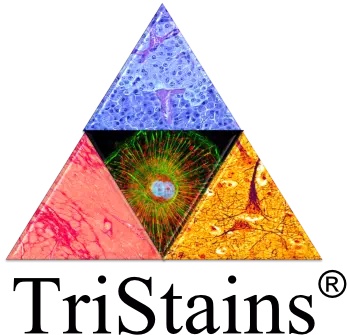

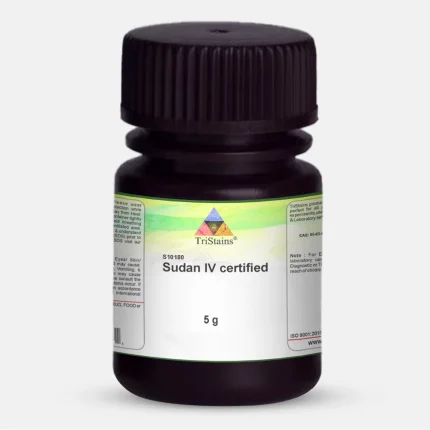
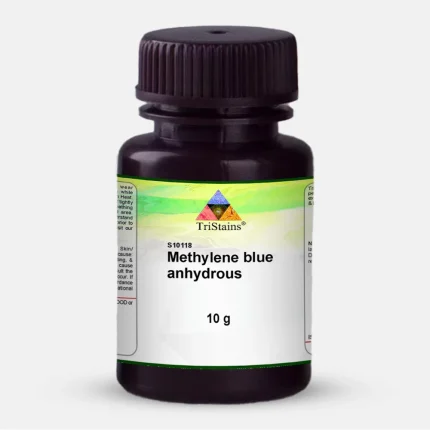


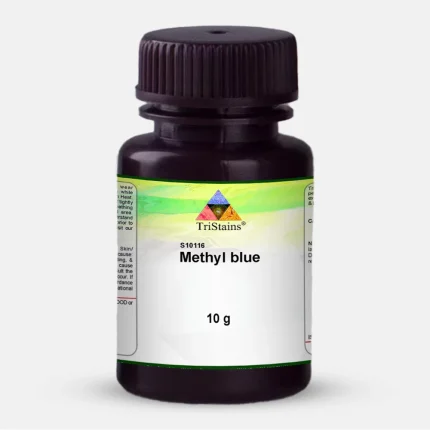
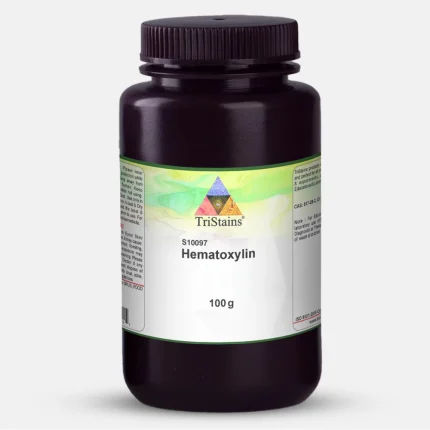
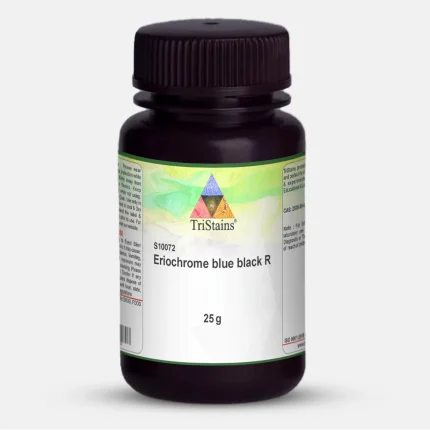





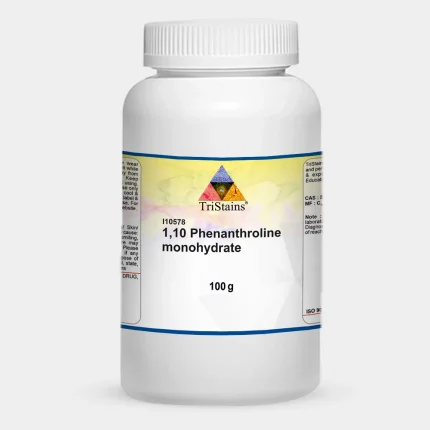
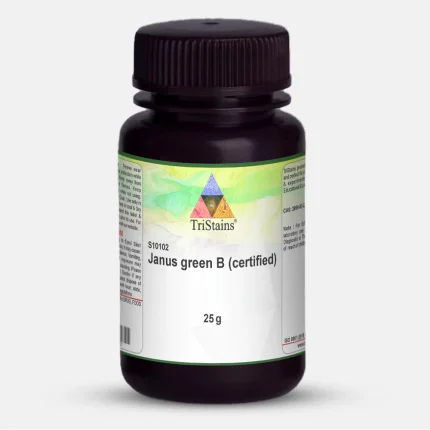
Reviews
There are no reviews yet.